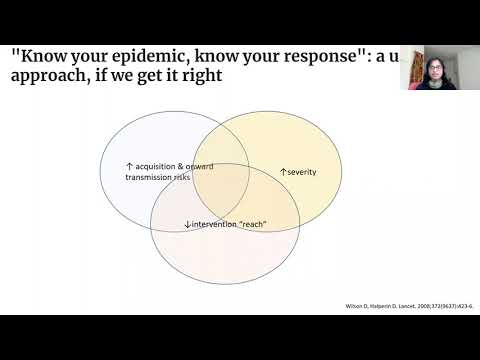Description:
Explore a thought-provoking colloquium on ethical considerations in epidemic modeling, focusing on HIV and COVID-19. Examine how terminology, assumptions, and interpretations can impact communities disproportionately affected by these diseases. Learn about the evolution of HIV modeling practices and the importance of partnering with affected communities. Analyze common analytic biases, simplifying assumptions, and potential misinterpretations in epidemic models. Discover best practices for de-stigmatizing language in health research and gain insights from discussions with communities about HIV and COVID-19 modeling results. Reflect on the potential impact of models on inequitable public health responses and consider ways to improve future approaches.

Do No Harm - Terminology, Assumptions, and Interpretation of Epidemic Models in Communities Most Affected
Add to list
#Health & Medicine
#Health Care
#Epidemiology
#Public Health
#Data Science
#Data Analysis
#Mathematics
#Applied Mathematics
#Mathematical Modeling
#Science
#Biology
#Microbiology
#Virology
#HIV
#Infectious Diseases
#COVID-19